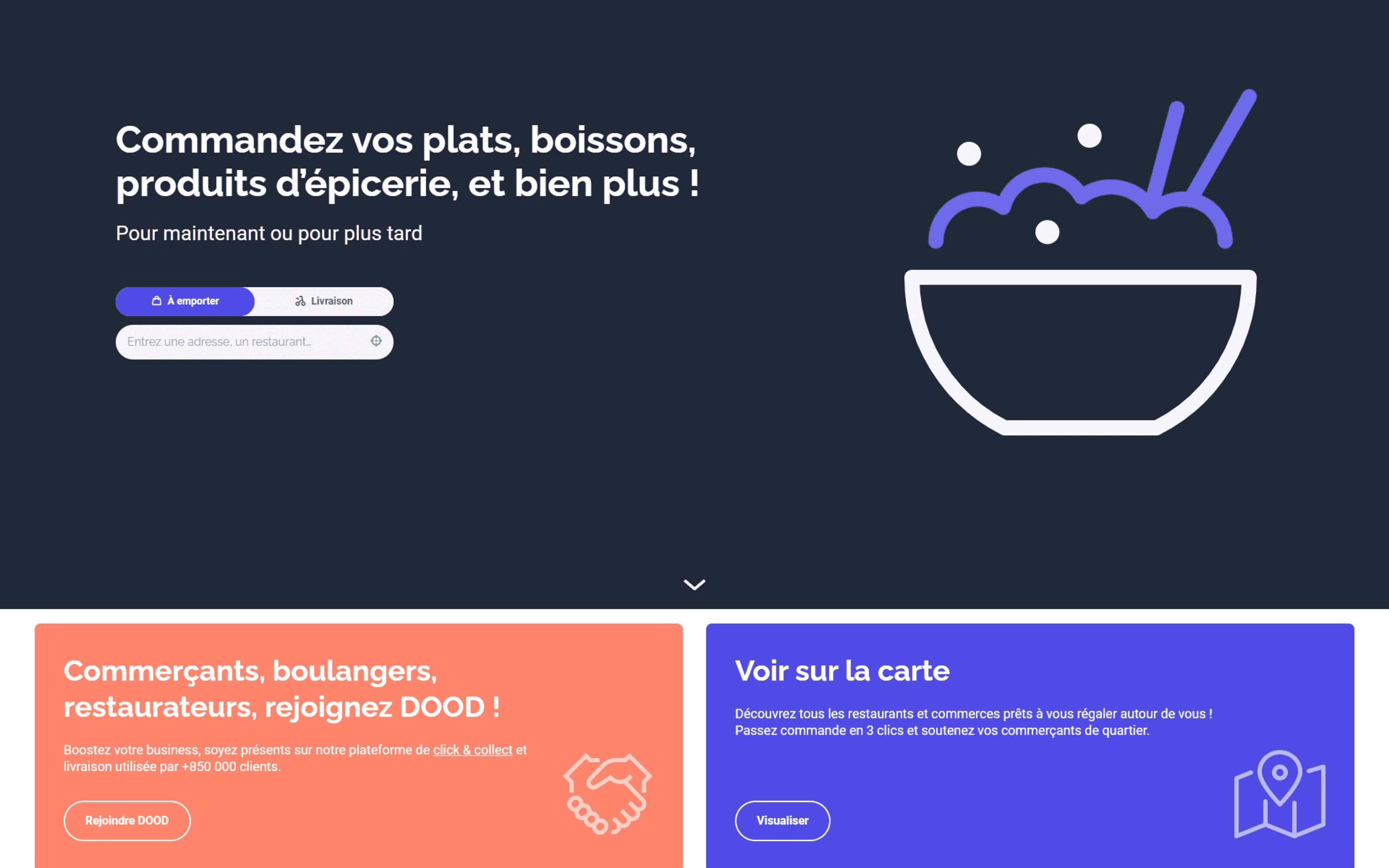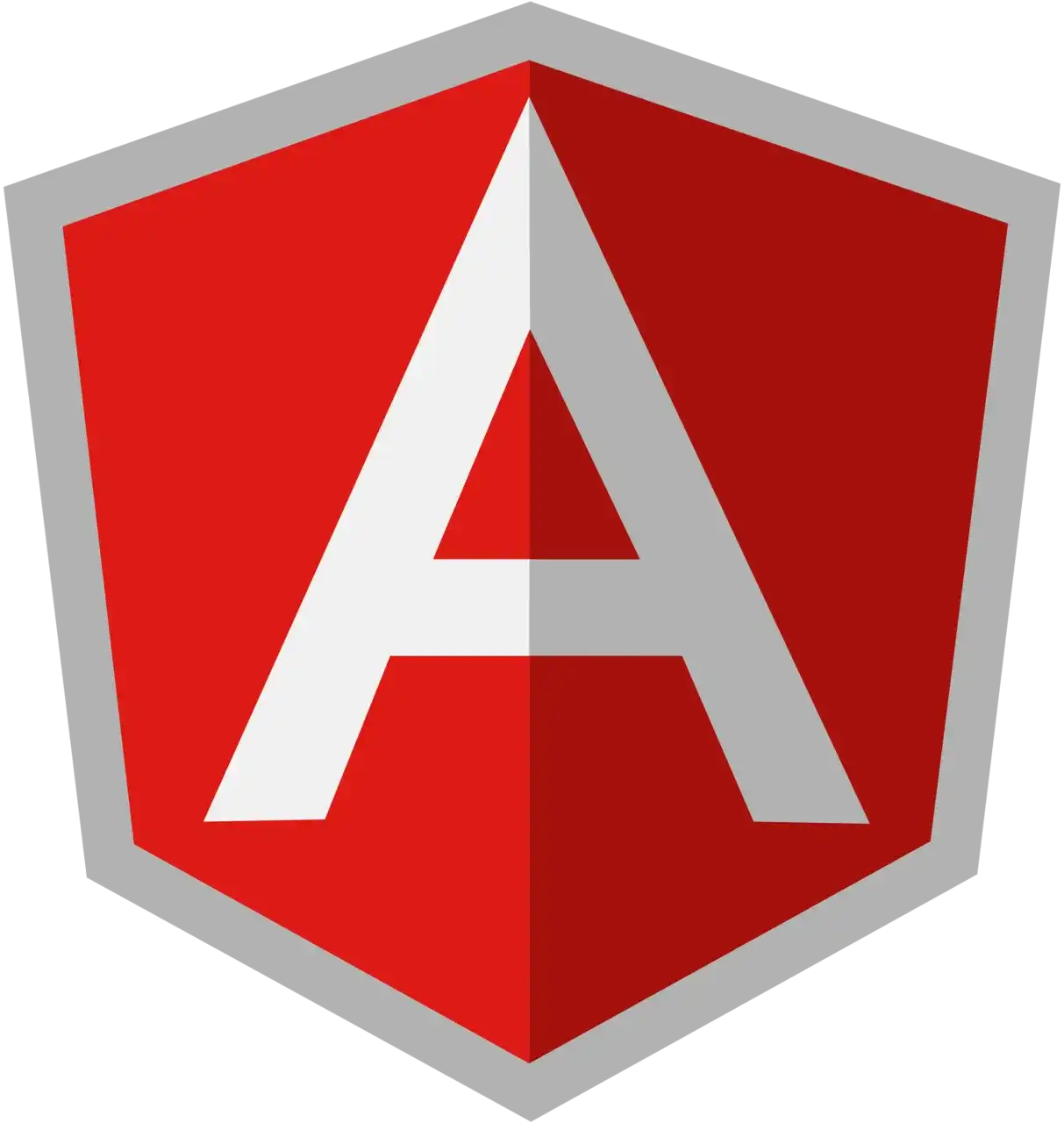Scale your business with Primotly
Tech partnerships require time and commitment to form. Our software house is here to help you increase your sprints' velocity and build unique innovations in the digital space.
01
Extended Team
With our React/Symfony top engineers and qualified Product Managers, you will increase the speed of sprints and deliver functionality faster. No matter how many specialists you need or what industry you're in, our software house will provide the right people with the right skills for you.
02
Building Products
Our teams will help you achieve your goals and scale up your business. We build functional web platforms, apps, and custom software solutions that meet your customers' needs, help to manage a business, and allow you to grow and develop.
We’ve got your back
By using APIs, we will help you connect your internal data with your service providers' systems (e.g. courier database, payment systems, e-commerce platforms, or warehouse systems).
Online stores, marketplaces, B2B, and B2C sales - we will create innovative e-commerce solutions tailored to the needs of your customers and the specifics of your business.
PWA is an all-in-one solution that will help you optimize costs and create full-featured digital products without having to design separate native mobile apps.
Using off-the-shelf solutions or those made specifically for you, we can create unique combinations of various external services and software within your digital product.
A dedicated platform will strengthen your business through the efficient flow of information and data. The CRM system will allow you to conveniently manage your customer base and generate valuable reports.
Seamless process.
The best engineers ready for action.
Instantly available, pre-vetted software engineers are ready to remotely join your team or build new projects together.
Carefully selected experts
Excellent communication skills
In line with the roadmap
Complexity management at the highest level
Productivity that goes hand in hand with quality

The InterDrinks team has been working with Primotly for over 8 years.
France Roy
Sb
Technologies
The quality of the code and expertise in technical delivery have made them an invaluable asset to delivering our engineering needs.

Extended team,
extended possibilities.
Reduce the increasing software engineering talent gap with highly competent and skilled developers. We will provide the right people with the right competencies for you.
Primotly is going to help you grow with React and Symfony top talents.
Digital products powered by the cutting-edge technology
We help startups, enterprises and investors build the most innovative and powerful web platforms, apps, and custom software solutions that stand out for their functionality and eye-catching design.
Mi
React
Michał
Ag
Office

Agnieszka
Łu
Delivery
Łukasz
To
Symfony
Tomek
Ma
CEO
Marek
Previous project
Next project
Let's create something digital together
Let us know what your digital project needs and see how quickly you can scale it with Primotly
Frequently asked questions
Why would I need custom software development?
Custom software development is tailored to each client. It is usually more complex than using no-code solutions, however, this is the only way of meeting the exact needs of a particular business. Custom software development offers a number of benefits, including increased efficiency and improved security.
How long does custom software development take?
The time it takes to complete a custom software development project can vary depending on the scope of the project, the complexity of the software, and other factors. It is important to discuss the timeline with your software development company. At Primotly, we pride ourselves on our transparency and communication. Please familiarize yourself with our Building Products page to learn more.
How can I hire developers for my software project?
It's as simple as getting in touch with us and booking a free consultation. In our Extended Team model, you'll be able to add as many pre-vetted specialists to your team as needed.
How much does custom software development cost?
The cost of custom software development can vary widely depending on the scope of the project, the complexity of the software, and other factors. At Primotly, you'll get the exact quote before each stage of the process and will have the option to walk away with all the materials created up to that point. It is important to highlight, that while no-code solutions might seem cheap, they often might end up costing you more in the long run. This is why most industry leaders prefer to choose custom software development services.
Can custom software be integrated with existing systems?
Primotly is a software house in which we pride ourselves on being able to bridge anything with everything.
What should I look for in a software development company?
When looking for a software development company, it is important to consider factors such as their experience, portfolio, communication skills, and pricing.Want to work with us? Get in touch and schedule a free consultation.
Primotly is a trading name of bPolNet Sp. z o.o.,
ul. Człuchowska 9/6 01-360 Warszawa, Poland
PL5223071494
365402632
0000636383


















